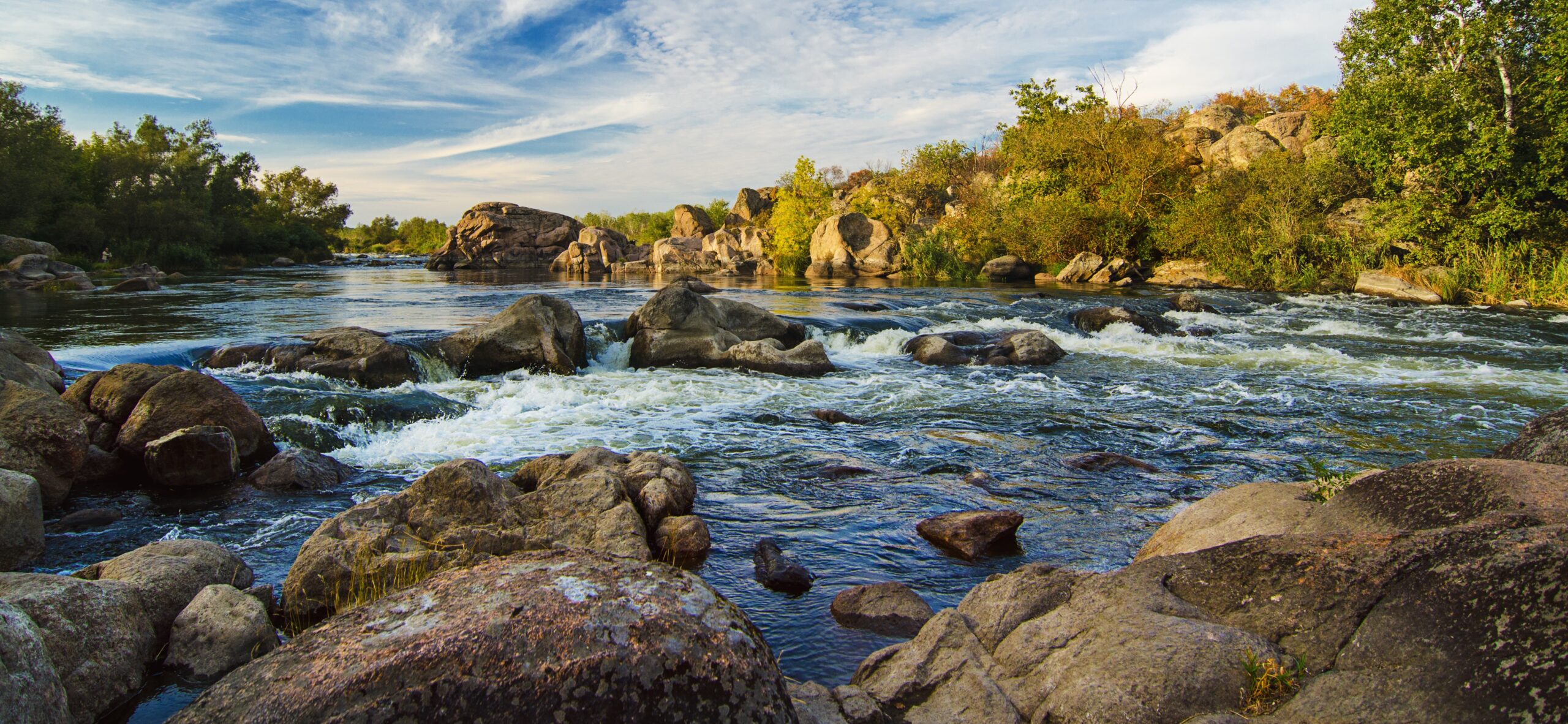
Issue Brief
Economic Case for a Circular Economy
Overview
Only 9% of all plastic waste ever made has been recycled. So where does the rest of the plastic go? A vast majority of plastic pollution accumulates in landfills, where it then makes its way into the environment and, eventually, into the oceans. Plastics can withstand extreme and harsh conditions and can take hundreds of years to decompose in landfills and the environment. It is in the water we drink – even the air we breathe – and has major implications for human health. However, plastic pollution doesn’t just affect the environment and human health, it is also a huge economic burden. This one-pager outlines the economic costs of plastics and the benefits of reusables.

Empower State Environmental Champions
Your donation funds the fight for equitable actions that protect the environment and our health.
Donate